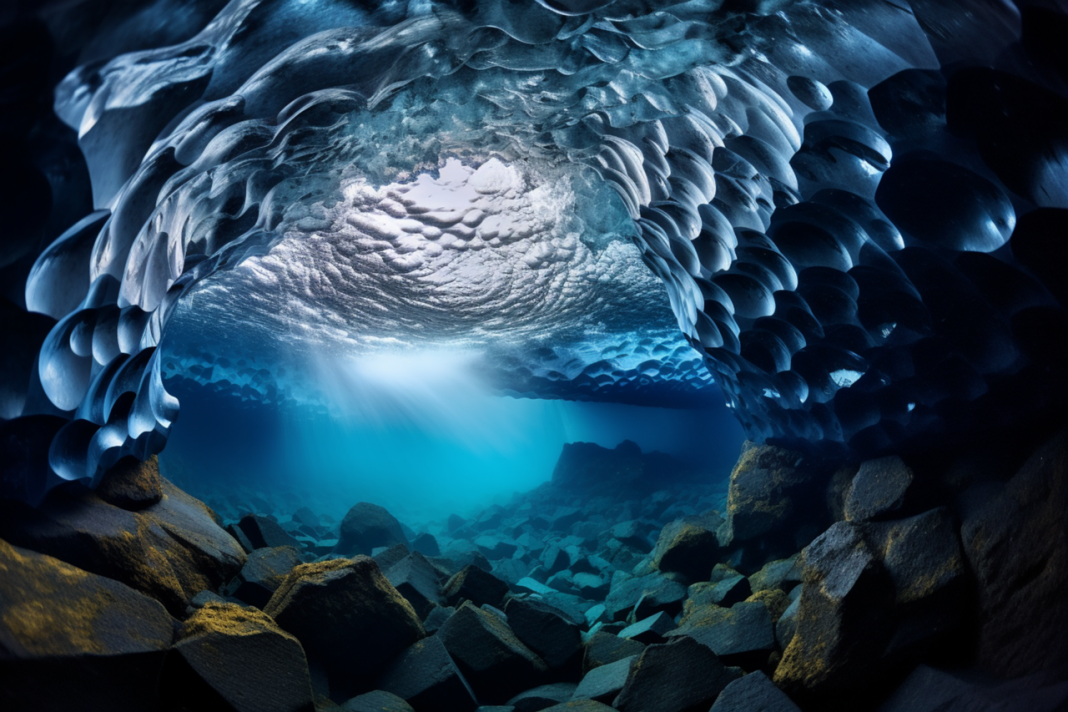In the vast expanse of space exploration, scientists and explorers have turned their gaze not only upwards but also towards the depths of our own planet. The exploration of underwater caves on Earth is now heralded as the next frontier in preparing humanity for the challenges of deep space missions. These submerged caverns, untouched by light and filled with unique life forms, mirror the unknown environments we aim to traverse in the cosmos. This article dives into how these terrestrial frontiers are shaping the future of space exploration.
The Significance of Underwater Caves
Underwater caves are natural time capsules that have preserved geological and biological histories for millennia. Their isolated ecosystems host life forms that thrive in extreme conditions, offering insights into how life might exist in extraterrestrial environments. The study of these ecosystems, known as astrobiology, explores the potential for life beyond Earth and the survival strategies of extremophiles—organisms that live in conditions previously thought to be uninhabitable.
Training Grounds for Astronauts
NASA’s Extreme Environment Mission Operations (NEEMO) program is a prime example of how underwater caves serve as analogs for space exploration. Astronauts and researchers live in submerged habitats, conducting experiments and simulations to prepare for the challenges of space missions. These environments offer unique conditions to test equipment, conduct behavioral health studies, and develop protocols for remote scientific research, closely mimicking the isolation and extreme conditions of space.
Technological Advancements
Exploring underwater caves has propelled technological innovation, especially in robotics and unmanned vehicles. Autonomous underwater vehicles (AUVs) and remotely operated vehicles (ROVs) designed for cave exploration have direct applications in space exploration. These technologies are invaluable for studying celestial bodies with harsh environments, such as the ice-covered oceans of Jupiter’s moon Europa or Saturn’s moon Enceladus, without risking human lives.
Astrobiology and the Search for Extraterrestrial Life
The microbial life forms discovered in the depths of underwater caves challenge our understanding of life’s resilience and adaptability. These discoveries have direct implications for astrobiology, offering models for how life might exist in extreme conditions on other planets. The study of cave extremophiles helps scientists develop hypotheses about the types of life that might be encountered in future space missions, guiding the search for extraterrestrial life.
Challenges and Opportunities
The exploration of underwater caves is not without its challenges. These environments are difficult to access, navigate, and study, requiring specialized equipment and training. However, these challenges mirror those faced in space exploration, making them invaluable training grounds. Furthermore, the scientific data gathered from these expeditions contribute to our understanding of Earth’s biodiversity, climate change, and the preservation of these pristine environments.
Collaborative Efforts and Future Prospects
The intersection of underwater cave exploration and space exploration represents a burgeoning field of interdisciplinary research. Collaborations between astronauts, marine biologists, geologists, and engineers are fostering innovations that benefit both fields. As we continue to explore these terrestrial frontiers, we pave the way for future space missions, expanding our knowledge of the universe and our place within it.
In conclusion, underwater caves on Earth offer a unique and invaluable perspective on space exploration. By studying these hidden ecosystems, we not only uncover the mysteries of our own planet but also prepare humanity for the next giant leap in the exploration of our solar system and beyond. As we venture into these terrestrial and extraterrestrial frontiers, we carry with us the hope of discovering new life forms, understanding the origins of life, and securing the future of space exploration.

